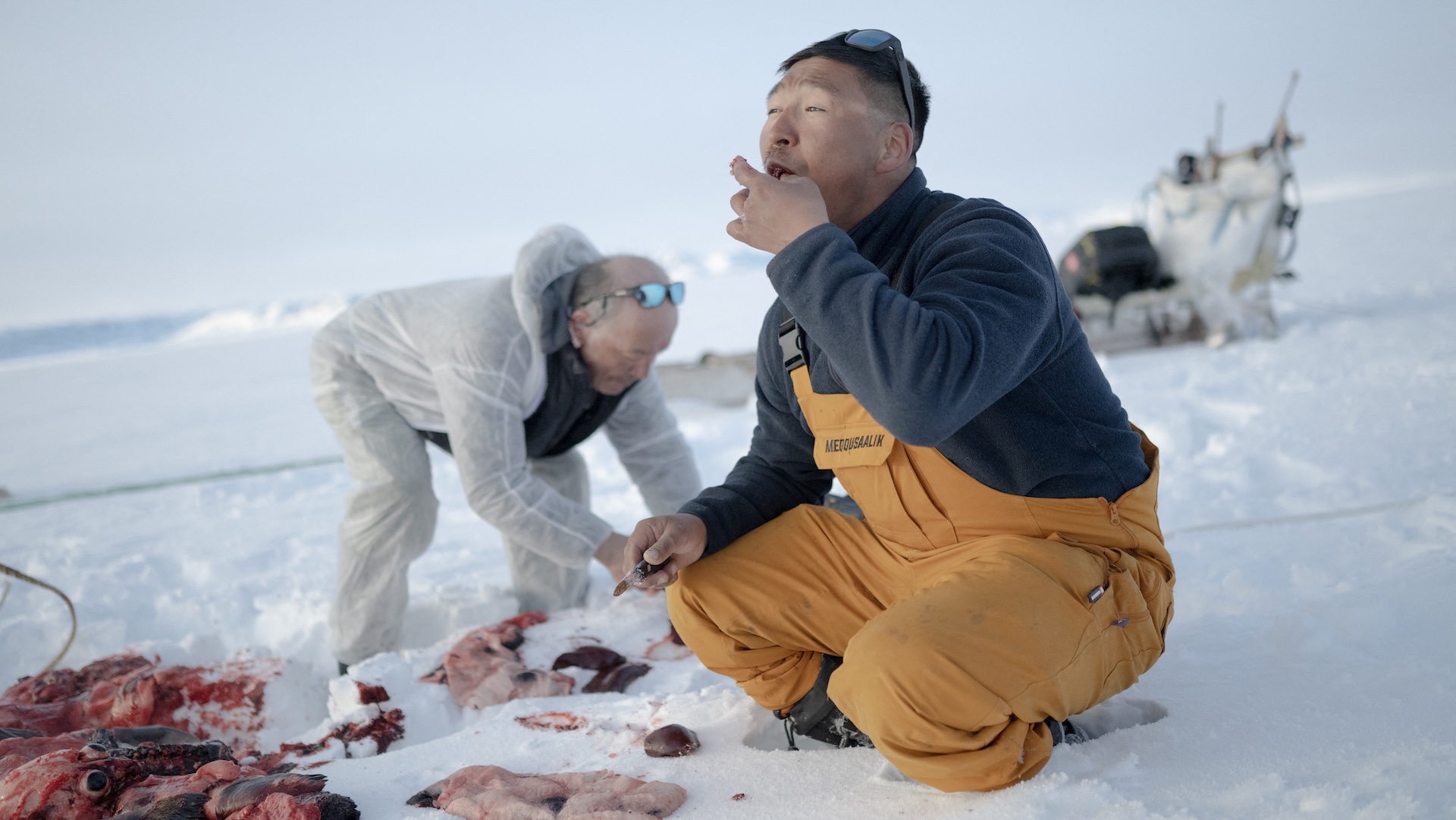Scientists pull up first riches from 'Holy Grail of shipwrecks' that sank off Colombia in 1708
The shipwreck is considered to be one of the richest in the world and has rested at the bottom of the Caribbean Sea since 1708.

Valuable shipwrecked treasures are now seeing the light of day after they sank along with the San José galleon off the coast of Colombia more than 300 years ago.
The incredibly well-preserved items that were retrieved, including a cannon, a porcelain cup and three coins, are just a taste of the wreck's vast riches. The galleon is often dubbed "the Holy Grail of shipwrecks" as it went down with a huge cargo of 200 tons (180 metric tons) of gold, silver and gems that was said to be worth around $18billion in 2018. The recovery is part of an ongoing project by the Colombian government to investigate the wreck and recover the precious artifacts.
The recovery of the objects "opens the possibility for citizens to approach, through material testimony, the history of the San José galleon," Alhena Caicedo Fernández, director of the Colombian Institute of Anthropology and History, said in a translated statement.
The San José was a 62-gun Spanish galleon that in June 1708 was leading a treasure fleet of 18 ships from South America to Europe when it was attacked by British warships. The galleon sank during the ensuing battle — though researchers dispute whether or not it exploded — killing the ship's 600 crew and passengers.
Researchers finally located the wreck in 2015, south of Cartagena and about 2,000 feet (600 meters) below the surface. Its discovery prompted a number of parties (including the Colombian government, Spain, a U.S. company and the Indigenous Bolivian Qhara Qhara nation) to claim ownership of the ship and its valuable cargo. But the Colombian government decreed that all shipwrecks in its waters belong to the country, and has since moved to survey and later salvage the wreck and its contents.
Posted by MinisterioCultura on
In the following years, researchers conducted searches of the wreck using remotely operated vehicles (ROVs), capturing images of coins, cannons, porcelain cups and gold bars. The latest finds are part of the second stage of the project, which aims to begin recovering and preserving artifacts from the wreck, the Colombian Ministry of Culture said in the statement.
The objects recovered from the site include a bronze cannon, fragments of rope, wood and metal associated with the cannon; three bronze and gold coins; two complete porcelain cups; and several porcelain fragments. The items were retrieved using robotic equipment and were quickly taken aboard a ship to be preserved: The cannon was placed in a refrigerated container while the coins were stored in salt water to prevent deterioration, the Colombian Institute of Anthropology and History (ICANH), which was involved in the project, said in a statement.
The scientists will continue work to preserve the artifacts, the Ministry of Culture said. The government eventually hopes to place these and other items from the wreck in a museum.

James is Live Science’s production editor and is based near London in the U.K. Before joining Live Science, he worked on a number of magazines, including How It Works, History of War and Digital Photographer. He also previously worked in Madrid, Spain, helping to create history and science textbooks and learning resources for schools. He has a bachelor’s degree in English and History from Coventry University.
You must confirm your public display name before commenting
Please logout and then login again, you will then be prompted to enter your display name.
